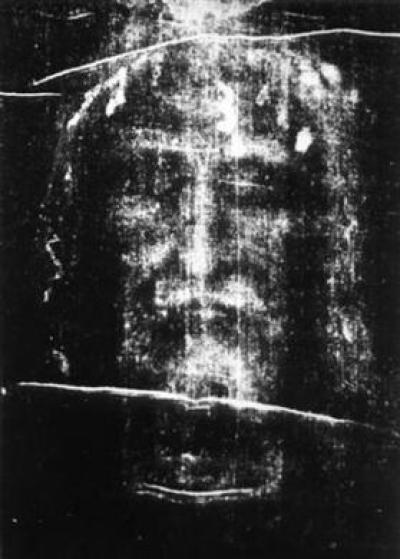Latest Shroud of Turin Discoveries to Be Discussed by International Experts in St. Louis

The latest discoveries surrounding the Shroud of Turin, believed by some to be the authentic burial cloth of Jesus Christ, are set to be discussed by a host of international experts at a gathering in St. Louis, Oct. 9-12.
"I'm particularly excited that we have many new presenters since the last USA Conference in 2008," said Conference chair and sindonologist Joe Marino in a news release.
Over 30 shroud experts, representing diverse fields such as archeology, physics, iconography and theology, will gather for the first conference of its kind in the U.S. since 2008.
The keynote speakers include Bruno Barberis, director of the International Center of Sindonology in Turin, as well as the Most Rev. Michael John Sheridan, bishop of the Diocese of Colorado Springs. The conference is set to open with renowned shroud lecturer Russ Breault.
The shroud, which is kept in a climate-controlled container at the Cathedral of Saint John the Baptist in Turin, has remained a highly discussed topic among research circles for years, having undergone several radiocarbon tests.
Initial tests conducted in 1988 in Arizona, Oxford and Zurich supported the theory that the shroud is a forgery created in the Middle Ages, somewhere between 1260 and 1390, but later tests in 2011 by Italy's National Agency for New Technologies, Energy and Sustainable Development came to the conclusion that the relic could not have possibly been replicated by the technology available at that time.
Gary Habermas, distinguished research professor and chair of the Department of Philosophy and Theology at Liberty University, led a presentation in 2013 at the Southern Evangelical Seminary's 20th annual Christian Apologetics Conference and discussed enhanced images of the shroud which showed that the person's teeth were showing through the skin.
"His skin is intact, his beard is intact, but you are able to see what's inside coming out, just like if you are able to see what's on the back of a hand," Habermas said during the presentation, while showing a photo of an exposed human skull juxtapositioned next to the head of the man in the shroud, with the teeth from the two images aligned.
"This is one of the best indications that the man in the Shroud, who was dead and was crucified, [has] radiation coming out," he said of the teeth discovery. "And if that's what this is, you've got something from the inside [coming out].
"[The teeth] are on the inside, but on the photo they are showing outside. Whichever way [the radiation] is coming, it dragged the image from the inside to the outside."
Roman Catholic Church leader Pope Francis has also spoken out about the shroud, saying that it "speaks to the heart," but stopped short of declaring the piece an official relic.
"This disfigured face resembles all those faces of men and women marred by a life which does not respect their dignity, by war and violence which afflict the weakest. … And yet, at the same time, the face in the shroud conveys a great peace; this tortured body expresses a sovereign majesty," Francis said during an Italian TV Easter Saturday special in 2013.




























